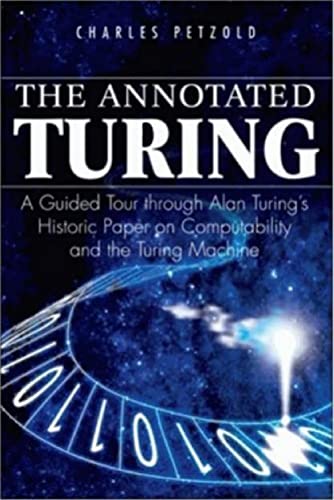What do you think?
Rate this book


Mathematician Alan Turing invented an imaginary computer known as the Turing Machine; in an age before computers, he explored the concept of what it meant to be computable, creating the field of computability theory in the process, a foundation of present-day computer programming.
The book expands Turing’s original 36-page paper with additional background chapters and extensive annotations; the author elaborates on and clarifies many of Turing’s statements, making the original difficult-to-read document accessible to present day programmers, computer science majors, math geeks, and others.
Interwoven into the narrative are the highlights of Turing’s own his years at Cambridge and Princeton, his secret work in cryptanalysis during World War II, his involvement in seminal computer projects, his speculations about artificial intelligence, his arrest and prosecution for the crime of "gross indecency," and his early death by apparent suicide at the age of 41.
770 pages
First published June 16, 2008
When Stephen Wolfram began studying the complex structures that arise from cellular automata, he tried to find ways to predict the outcomes and perhaps make shortcuts through the generations. He could not, for “there can be no way to predict how the system will behave except by going through almost as many steps of computation as the evolution of the system itself . . . For many systems no systematic prediction can be done, so that there is no general way to shortcut their process of evolution . . .”[1]